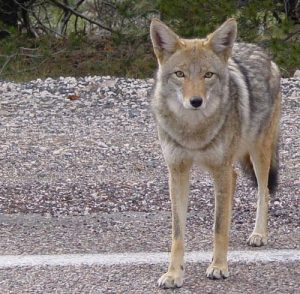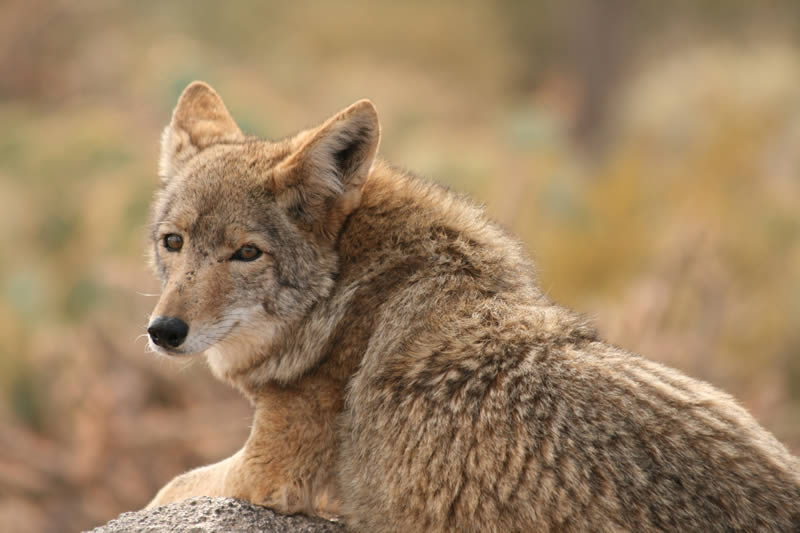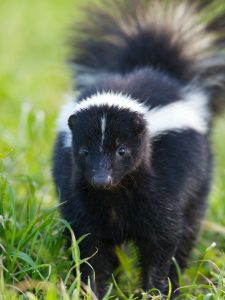Coyotes are dog and wolvelike animals that have spread widely throughout Northern America and they are nowadays also found in populated areas like suburbs or even cities.
Spotting a coyote for the first time can be an impressive experience for many people, but it should also be reason for concern.
From the hundreds of reported animal bites affecting people in urban areas each year, nearly none of these bites have been attributed to a coyote. But coyotes still remain a dangerous threat to cattle or pets. Especially cats or small dogs can be killed in a confrontation with a coyote, because they fall prey to these excellent hunters. Also, like nearly all warm- blooded animals coyotes may contract rabies.
One of the reasons why the number of coyotes in urban and suburban areas has increased is that they have an adequate food supply and are capable of surviving in this environment without our help.Besides humans and the danger created by traffic and toxins, the only natural enemies to a coyote are cougars and gray wolves.
A lot of the problems arising with coyotes are manmade and evolve mainly around food or garbage that is made easily accessible to them or even freely given. Feeding coyotes puts you, your neighbors and the coyote at risk. If a coyote becomes dependent on humans for food, they might become too bold around humans and become aggressive around food sources.
Coyotes are naturally curious; normally they are timid animals and run away if challenged. But coyotes will start to feel comfortable around people or their homes if they feel undisturbed and food is easily available.If you spot a coyote in your neighborhood, you should do your best to make it feel unwelcome and not encourage it to settle down in close range.
The best measurement against coyotes is to be proactive in discouraging coyotes from hanging around your area. They are mostly scared off by noises and will likely move on if they don’t find sheltered places for rest or food. Remove anything that might attract them, like garbage or compost, outdoor pet food and water and also prevent rodents from living next to your house.Neglected yards, garages or sheds can not only attract rodents but might in the long run also attract coyotes.
Coyotes in rural wild environments include small mammals such as mice, rats, rabbits, moles, voles, and squirrels into their diet but they will also eat fruits, vegetables, insects, fish, birds and eggs. In urban areas they will eat garbage, fruits and pet food. They will also hunt small domestic pets like cats and dogs if they can.
Coyotes play an important role in maintaining a healthy ecosystem. They limit the number of mice, rats and other rodent pests in many areas and are just one part of our natural diversitiy.It is possible to live in coexistence with them, as long as boundaries are kept in space and they are discouraged from living in proximity to cattle or humans.
We oppose animal cruelty and killing coyotes does not lead to any results. You may kill or remove the coyote you see but once that coyote is removed another will take its place. As long as these habitats satisfy their need for food and water, a place to rest and sleep, cover for rearing young, and protection from predators, a new coyote will most certainly replace the one that got killed. It is way more effective to coexist with them and discourage them to search habitats in close proximity to houses.
If you are having problems with coyotes, your local humane society will be able to advise you on how to banish them from your property for good without harming them.







